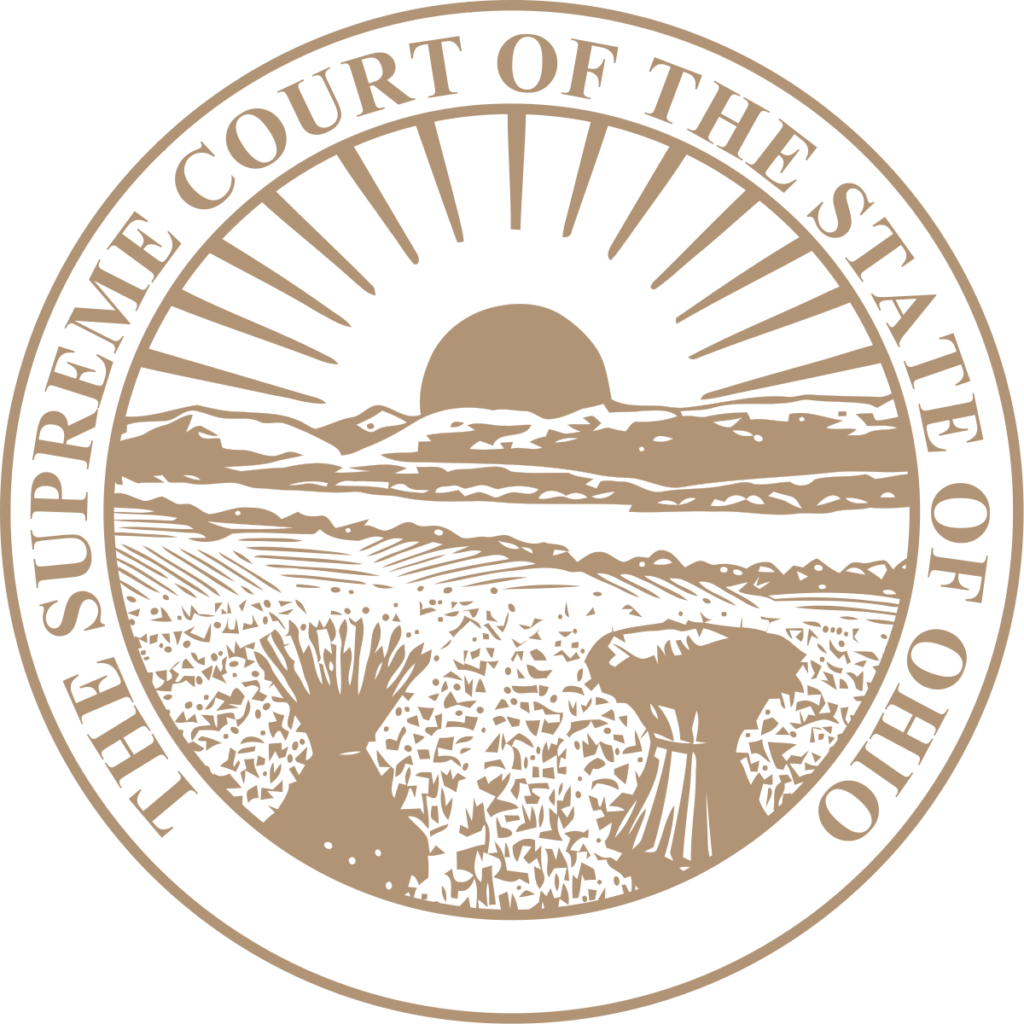State v. Nettles
Docket Watch 2020
By Zachery Keller
The Ohio Supreme Court’s decision in State v. Nettles[1] concerns what happens when decades-old laws meet modern-day technology. More precisely, the court addressed the question of where police “intercept” a cellular call under Ohio’s wiretap statutes. Nettles held that an interception occurs in at least two places: both at the location of the targeted call (where the target speaks) and at the listening post (where the police listen in).[2]
The Nettles decisionwas fifty years in the making. In the late 1960s, the United States Supreme Court held that warrantless electronic surveillance of a telephone booth violated the Fourth Amendment.[3] The next year, Congress enacted the Omnibus Crime Control and Safe Streets Act, which established warrant procedures governing interceptions of wire communications. States followed suit. Ohio, for example, enacted wiretap statutes in the 1980s.
Ohio’s statutes direct law enforcement to apply for a wiretap warrant in “the county in which the interception is to take place.”[4] The statutes do not spell out exactly where an interception occurs. But they do define “intercept” to mean “the aural or other acquisition of” communications.[5] And they also define some related terms, like “aural transfer,” which is a “transfer containing the human voice at a point between and including the point of origin and the point of reception.”[6]
Enter Keith Nettles, a drug dealer who was smuggling cocaine from Michigan into northern Ohio. Federal agents caught wind of this activity. As a result, an agent applied for a wiretap warrant targeting Nettles’s cell phone. The agent applied for that warrant in the county where Nettles lived and committed his crimes. But, in carrying out the wiretap, agents chose to use a listening post in a different, nearby county from which they monitored Nettles’s calls.
Armed with evidence from the wiretap, the state charged Nettles with multiple counts of drug trafficking. Both at trial and on appeal, Nettles argued for suppression of the wiretap evidence. His theory was that an interception occurs solely in the county of the listening post, where police first hear the intercepted communications. So, under his view, the wiretap warrant came from the wrong county.
In a tidy six-page opinion, the Ohio Supreme Court unanimously rejected Nettles’s listening-post-only theory. It stressed that Ohio’s wiretap statutes broadly define “intercept” to mean both the “aural” and “other acquisition” of communications.[7] The court then considered that language in light of current technology. It explained that, under modern surveillance practices, “the government, with the aid of phone companies, captures and redirects a phone call the moment a speaker speaks” into the phone.[8] It follows that, given Ohio’s broad definition of “intercept,” an interception occurs both “at the place where a speaker uses the phone (other acquisition)” and where “the government overhears the call at the listening post (aural acquisition).”[9] Thus, the court grounded its decision in Ohio’s statutory text. But it did mention, for added support, that its interpretation of Ohio law was consistent with federal and state cases interpreting similar laws in other jurisdictions.[10]
Taking a broader view, Nettles yields at least two takeaways. First, the decision has important real-world implications for law enforcement in Ohio. It allows police flexibility in deciding where to apply for a warrant, so they may go to the location they think best fits the investigation. For example, they might apply where the officers who need to present supporting evidence are located. Nettles’s interpretation, on the other hand, would have meant that law enforcement would have been unable to obtain a warrant in Nettles’s home county—the county tha thad the strongest connection to his crimes.
Second, Nettles falls in a long line of cases where older text runs into newer technology. This often happens in the Fourth Amendment context, where courts must decide what constitutes a “search” or a “seizure” after two-hundred years of technological advances.[11] In Nettles, pinning down the location of an interception might have been “relatively easy . . . back in the days of wiretaps and landlines, but the advent of cell phones . . . made things a bit more difficult.”[12] Difficult, however, does not mean impossible: as Nettles aptly shows, the text can still lead to an answer, even if the question involves technology the text’s drafters were not thinking of.
Note from the Editor: The Federalist Society takes no positions on particular legal and public policy matters. Any expressions of opinion are those of the author. We do invite responses from our readers. To join the debate, please email us at info@fedsoc.org.
Note From the Author: Any opinions expressed in Zachery’s posts represent his own views, which do not necessarily reflect the views of the Ohio Attorney General’s Office.
[1] __ Ohio St. 3d __, 2020-Ohio-768.
[2] Id. at ¶ 11.
[3] Katz v. United States, 389 U.S. 347 (1967).
[4] Ohio Rev. Code § 2933.53(A).
[5] Ohio Rev. Code § 2933.51(C).
[6] Ohio Rev. Code § 2933.51(T).
[7] Nettles, 2020-Ohio-768, ¶¶ 9–11.
[8] Id. at ¶ 11.
[9] Id.
[10] Id. at ¶¶ 15–16 (compiling non-Ohio cases).
[11] E.g., Kyllo v. United States, 533 U.S. 27 (2001).
[12] 2020-Ohio-768, ¶ 1.


